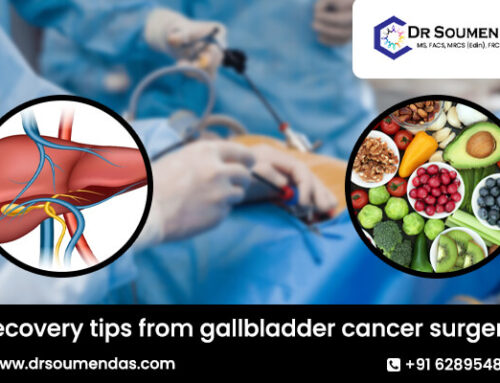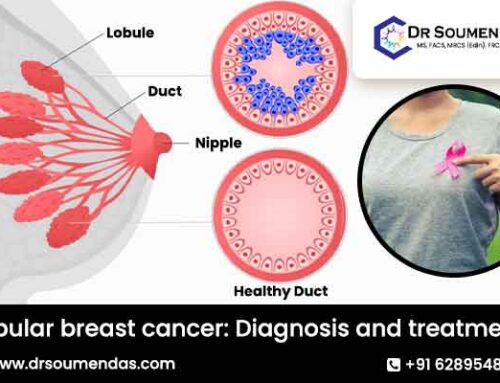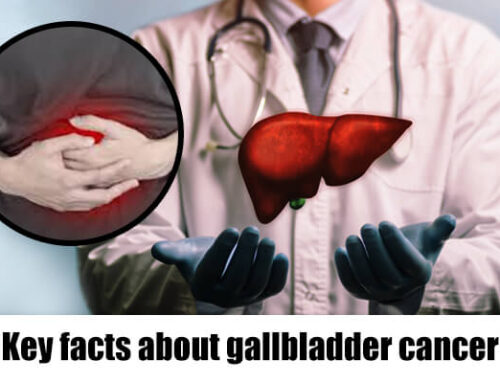Introduction
The gallbladder is a part of the biliary system that helps digestion, located posterior to the liver. The gallbladder’s primary function is to store and concentrate the bile made by the liver. Bile is a yellowish-green fluid that is important in fat or lipid metabolism. When the gallbladder receives appropriate biochemical signals, it releases bile into the duodenum for digestion, says Dr Soumen Das, the best gallbladder cancer doctor in Kolkata.
Several pathological conditions can affect this organ, from typical gallstones to rare gallbladder cancer. Gall stones are solidified deposits of cholesterol, bilirubin and pigments. These can differ in size and sometimes be flushed out by themselves. At times, they can cause pain, obstructions and inflammation. If gall stones get lodged in the bile duct, it can cause inflammation of the bile duct-cholangitis. Besides, the gallbladder may present with other pathologies such as polyps, abscesses and gangrene. The most typical intervention for gallbladder treatment is laparoscopic gallbladder removal surgery.
Gallbladder cancer (GBC) is rare and aggressive with ethnic, gender and geographical variations. The 5-year survival rate of gallbladder cancer is less than 5% in stage IV disease.
Women-specific risk factors:
Gallstone disease is known to be an essential risk factor for the growth of GBC and women are known to create this twice as likely as men and the incidence increases in women over 65 years. Numerous factors unique to females, including oral contraceptives, female hormones, parity, or hormonal therapy such as estrogen replacement therapy, are an established threat for gallbladder stone building. The female sex hormone is also known to impact bile secretion and gallbladder function. Women who are overweight, diabetic and factors such as smoking and alcohol use can enhance the risk of GBC, says the best gallbladder cancer surgeon in Kolkata.
Explaining the relationship between GBC and female gender:
Human gallbladder cancer contains hormone receptors for progesterone and estrogen. These are female hormones and could potentially explain women’s proneness to gall stones and gallbladder carcinoma.
Factors such as pregnancy, prolonged fertility, many pregnancies, etc. can cause estrogen and progesterone production for a long duration. It could increase the risk of biliary tract cancer, including gallbladder malignancy. Studies also state that the post-menopausal state is at a high risk of suffering from this kind of cancer.
Gallbladder cancer symptoms:
This kind of cancer can be asymptomatic until it advances to a late stage. Thus, often it is diagnosed at an advanced stage and by then, it can spread to the liver and adjacent lymph nodes. Often, GBC is diagnosed at laparoscopy or after gallbladder surgery for gallbladder disease. Some of the typical symptoms of gallbladder cancer include abdominal pain, vomiting, nausea, loss of appetite, jaundice, itchy skin, etc, says the best gallbladder cancer doctor in Kolkata.
Conclusion:
Since gallstones are a typical risk factor, one may wonder if removing the gallbladder may provide a solution to cancer prevention. Gall stones are a prevalent finding, but gallbladder cancer is rare. Not all women with gall stones are prone to gallbladder cancer. Unless the gall stone is a reason for serious pain or symptom, surgery is unwarranted. Hence the need for surgical extraction must outweigh the possible risks even in the case of cancer.
Like all other cancers, lowering the risk factors is the key to reducing our vulnerability to disease. Risk factors such as gender, ethnicity, or age are not within our control. But other risk factors can be minimized. By consuming fiber-rich foods rich in vegetables and plant-based products, staying active and maintaining a healthy weight, choosing whole-grain foods instead of refined grains and staying away from processed meat, one can reduce their risk factors, says Dr Soumen Das, the best gallbladder cancer surgeon in Kolkata.







Leave A Comment